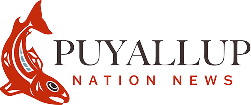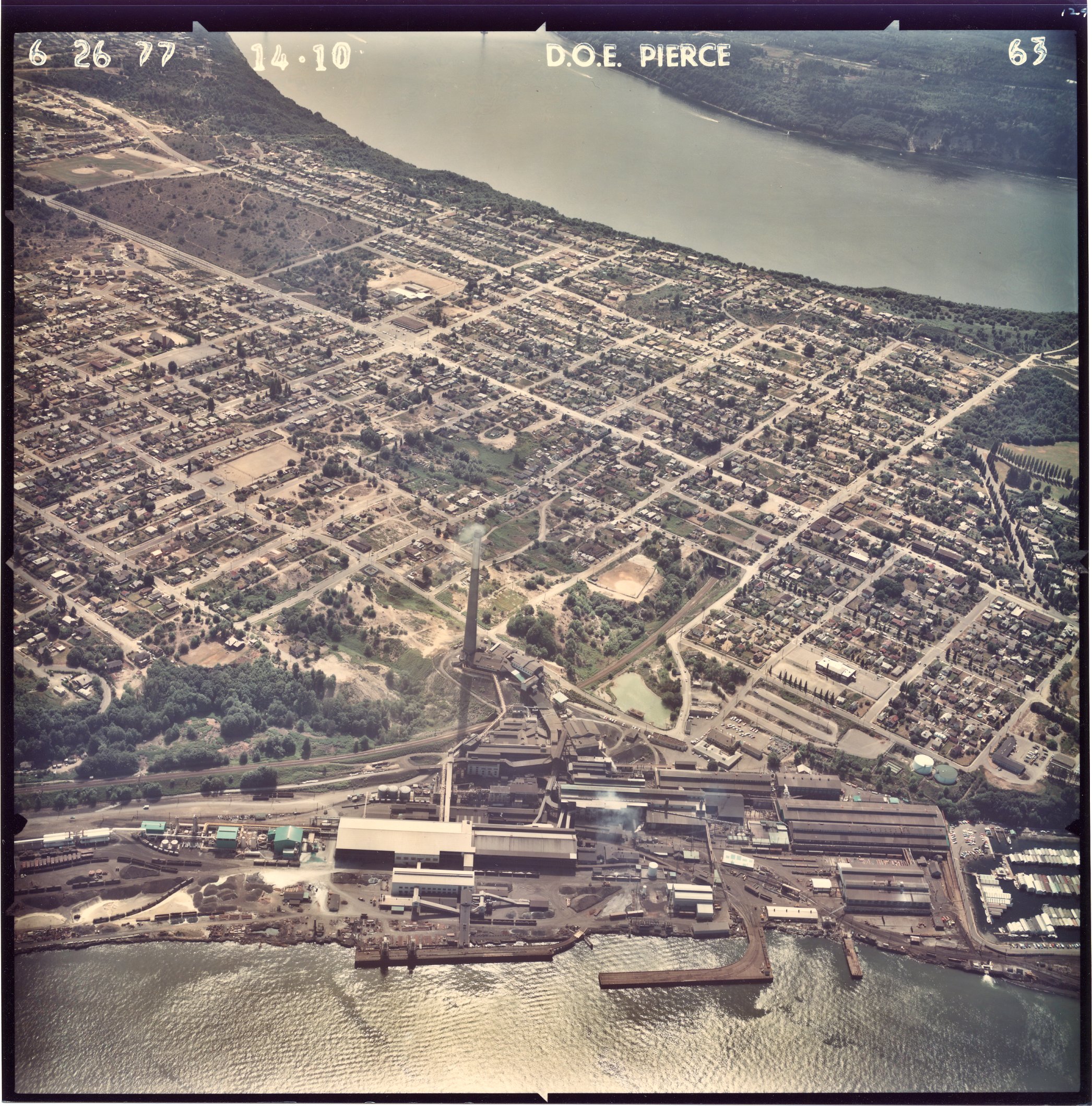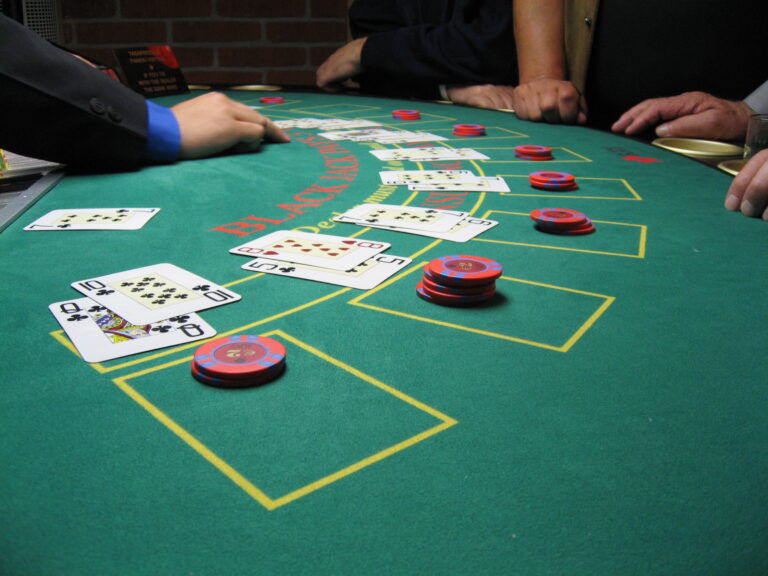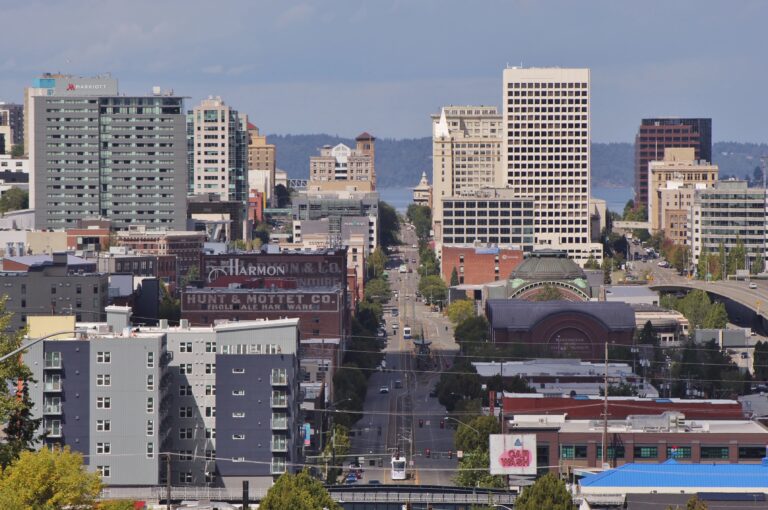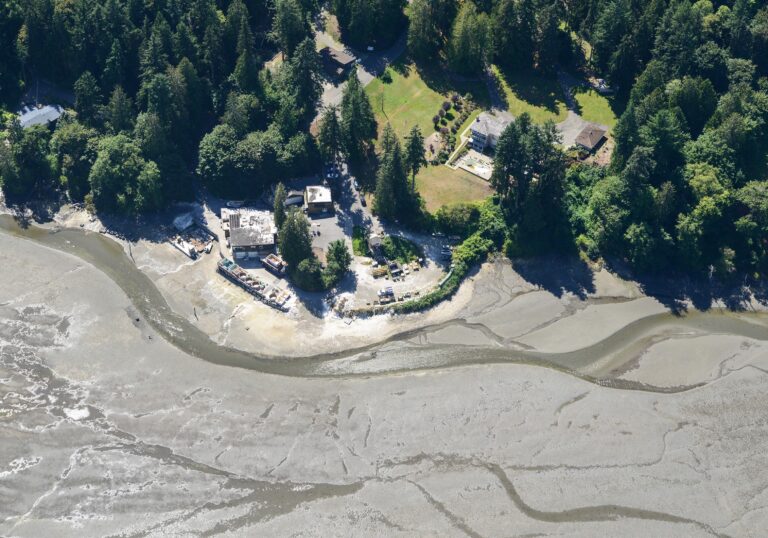The Puget Sound’s ‘filthy four’ was a label given to four aquatic sites around the area that still contained creosote pilings. A once popular building material for marine structures, Washington State no longer allows creosote treated lumber for new construction. Since 2007, the state has been making a concerted effort to remove creosote pilings from older structures.
In 2023 four creosote piling sites were specifically targeted for cleanup: Ray’s Boathouse in Ballard, the Triton-America pier in Anacortes, the High Tides Seafood pier in Neah Bay, and the Dickman Mill, on ancestral tribal lands in Tacoma. The Dickman Mill alone contained more than 1,200 pilings on Commencement Bay. Cleanup was completed in the fall of last year.
While that’s great news for salmon habitats in the region, it’s far from an end to toxins spilling into local waterways. A new report from the Communities for a Healthy Bay, which developed their study in partnership with Puyallup tribal government, has highlighted twelve local companies as leading polluters. Among those, four in particular have been noted for their especially flagrant disregard of environmental standards.

Those four companies include Manke Lumber, Tru Grit Abrasives, Quality Transport & Truck Rail Handling, and Emerald Services. Of the four, three companies operate directly on the Port of Tacoma, while Manke Lumber is stationed inland on the Puyallup River near Benroy.
In a report from Tacoma’s News Tribune, Manke Lumber rep. John McBridge claimed that the company had been in line with current “compliance orders” as of 2019, however publicly available testing data from the Department of Ecology reportedly shows that all four sites noted consistently high levels of pollution run-off in recent years, above EPA mandated standards.
Other companies named in the report were Carlile Transportation Systems, Concrete Technology Corporation, Kleenblast Division, Simon Metals, Tacoma Wheel Shop, Tacoma Export Marketing Company, and Superlon Plastics.
In the case of Tru Grit Abrasives, their pollution problems should come as no surprise to locals. Established on the former site of the Asarco smelting facility’s Tacoma Port property, their location is the repository of large amounts of copper smelting waste, leftover from the longtime metal extraction company.
Owner of their inglorious reputation as America’s first ‘superfund’ site, the smelter went out of business in 1985. However, as the CHB report notes, the current home for Tru Grit contains as much as 1,800 tons of waste that was buried at the location by Asarco. Waste that leeches into Commencement Bay via the Hylebos Waterway.
Currently, no plans have been announced for enhanced cleanup efforts at any of these sites in response to the report. Hopefully, however, this news can drive stronger efforts in the future to prevent chemical runoff into local waterways.
